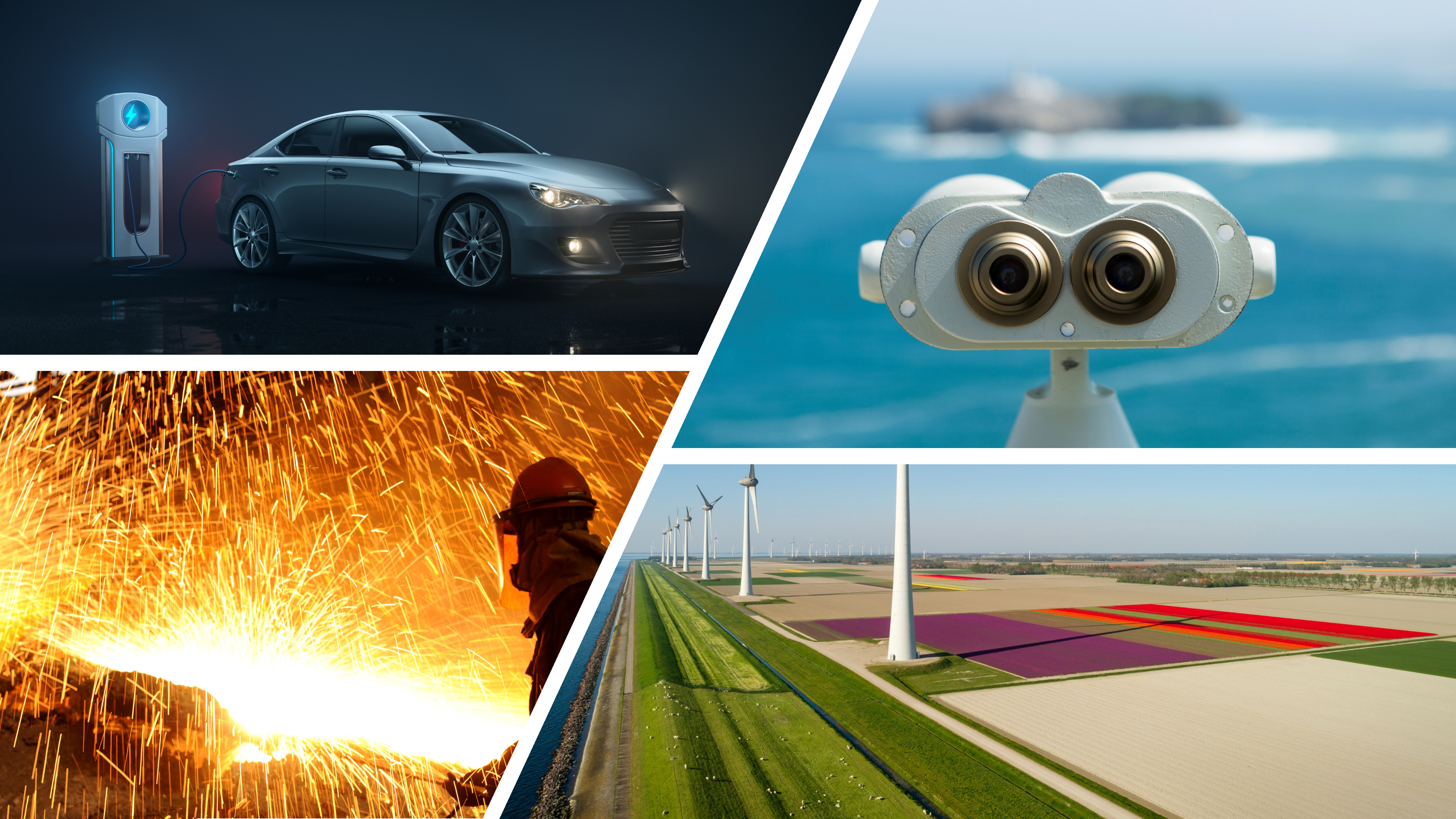
LEARNING OUTCOMES
After completing the course student can:
- recognize the role of metals in the modern society
- identify the role and impact of metals in the climate- and eco-systems
- recognize the local and global state of the metals resources
- describe the main metals production technologies
Credits: 5
Schedule: 01.09.2024 - 31.12.2024
Teacher in charge (valid for whole curriculum period):
Teacher in charge (applies in this implementation): Anna Klemettinen
Contact information for the course (applies in this implementation):
CEFR level (valid for whole curriculum period):
Language of instruction and studies (applies in this implementation):
Teaching language: English. Languages of study attainment: English
CONTENT, ASSESSMENT AND WORKLOAD
Content
valid for whole curriculum period:
Course description
The course is organized entirely online, and it is based on independent study. The course content is divided into six themes.
Theme 1: Where and how are metals used?
- Role of metals in the history of humankind
- Evolution of metals applications
- Metals in modern society and green transition
- Different types of metals and their selected applications
Theme 2: Why are metals used in so many applications?
- Common properties of metals
- Properties of ferrous metals and steel
- Properties of nonferrous and precious metals
- Metals as Critical Raw Materials
Theme 3: How are metals produced?
- The value chain of metals from mining to refining
- Different types of raw materials
- The role of minerals processing and its principles
- Introduction to pyrometallurgy and hydrometallurgy
Theme 4: Why are metals so critical now?
- Concepts of circular economy and sustainability
- Connection between metals and sustainability
- Metals for energy production and storage
Theme 5: Can we reuse metals?
- Circular economy of metals
- Possible routes of metal recycling
- Challenges related to metal recycling and resource efficiency
- Newest trends in metal recycling technologies
Theme 6: How to assess environmental impact of metals?
- Importance of environmental impacts assessment
- Different categories of environmental impacts
- Life Cycle Assessment as a tool for evaluating environmental impacts
- Example of Life Cycle Assessment analysis of metals production
Assessment Methods and Criteria
valid for whole curriculum period:
Assessment is based on commpletion of different activities (i.e. watching videos, completeing quizzes), learning diaries and online quizzes.
Workload
valid for whole curriculum period:
Online lectures, online quizzes, learning diaries, forum discussion, collaborative whiteboard
DETAILS
Study Material
valid for whole curriculum period:
All study material is provided on MyCourses (videos recordings, video slides, links to scientific articles and books)
Substitutes for Courses
valid for whole curriculum period:
Prerequisites
valid for whole curriculum period:
SDG: Sustainable Development Goals
7 Affordable and Clean Energy
9 Industry, Innovation and Infrastructure
12 Responsible Production and Consumption
13 Climate Action
FURTHER INFORMATION
Further Information
valid for whole curriculum period:
Teaching Language: English
Teaching Period: 2024-2025 Autumn I - II
2024-2025 Spring III - V
2025-2026 Autumn I - II
2025-2026 Spring III - V
